California native planting – 7 ideas for drought-tolerant flora
Discover the most resilient planting native to the drought-prone and desert regions of The Golden State
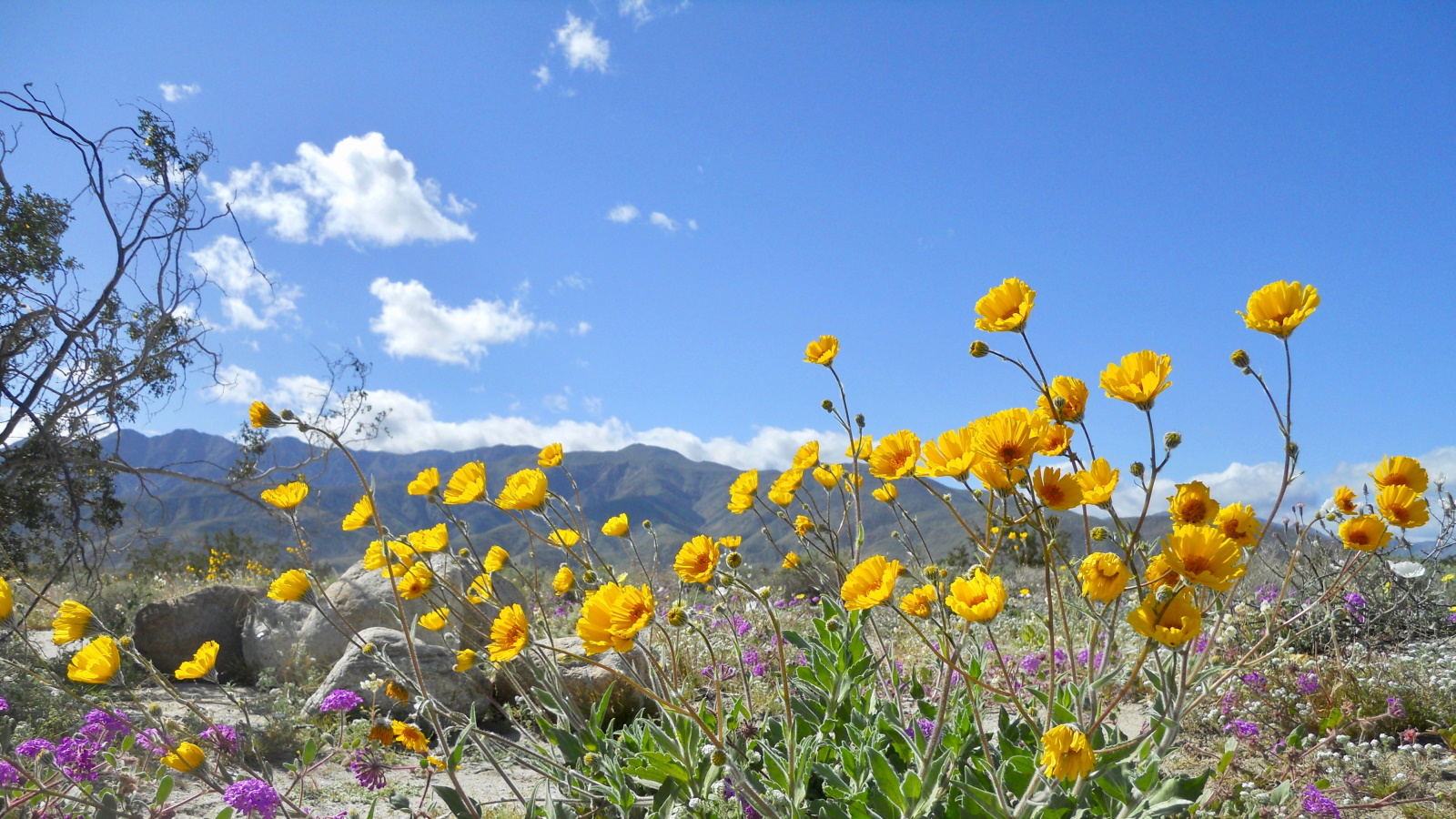

The Californian landscape is vast and diverse. From coastal prairies to dense forests, mighty mountains to desert plains, The Golden State boasts an unparalleled tapestry of unique landscapes and ecosystems.
Today, many of us gardeners want to utilize plants that are resilient and drought-tolerant, gardening responsibly by using as little water as possible. The native planting of certain regions of California can inspire and guide our planting choices for the backyard.
Utilizing planting that is native to California's arid climates, such as the flora of the infamous Death Valley in the Mojave Desert, gardeners can create backyard borders and gardens that are both aesthetically pleasing and that thrive in challenging environmental conditions. Long, dry summers are nowadays an annual struggle for most, meaning that gardening in a practical and considered way is essential.
Using native planting that has evolved over millennia to adapt to arid climates is both sustainable and practical. In regions facing ongoing drought challenges, the flora of the arid regions of the world can teach us much. Here, we share seven plants that are native to California for those seeking drought-tolerant and resilient planting options for the yard.
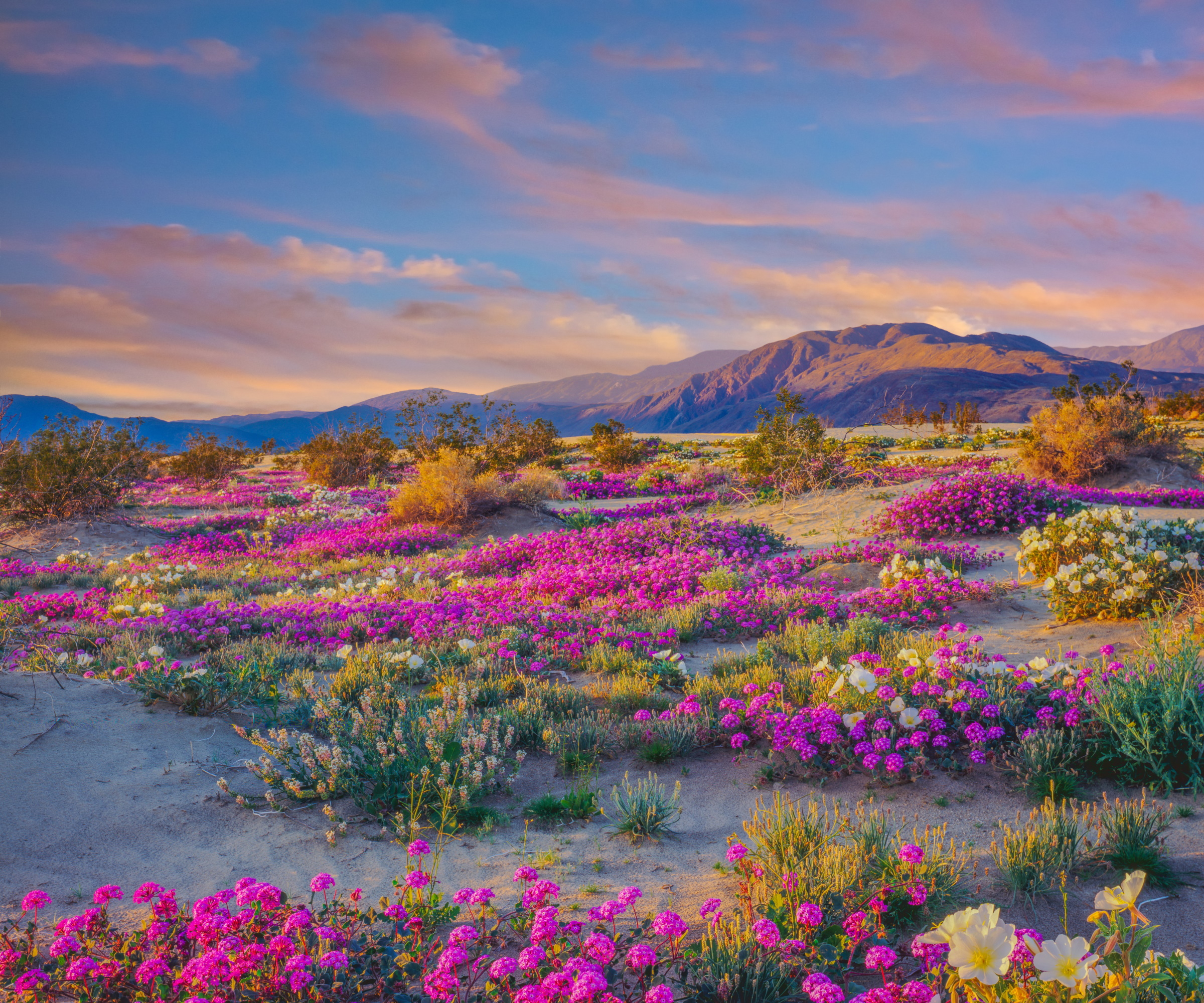
Things to consider about the flora of California
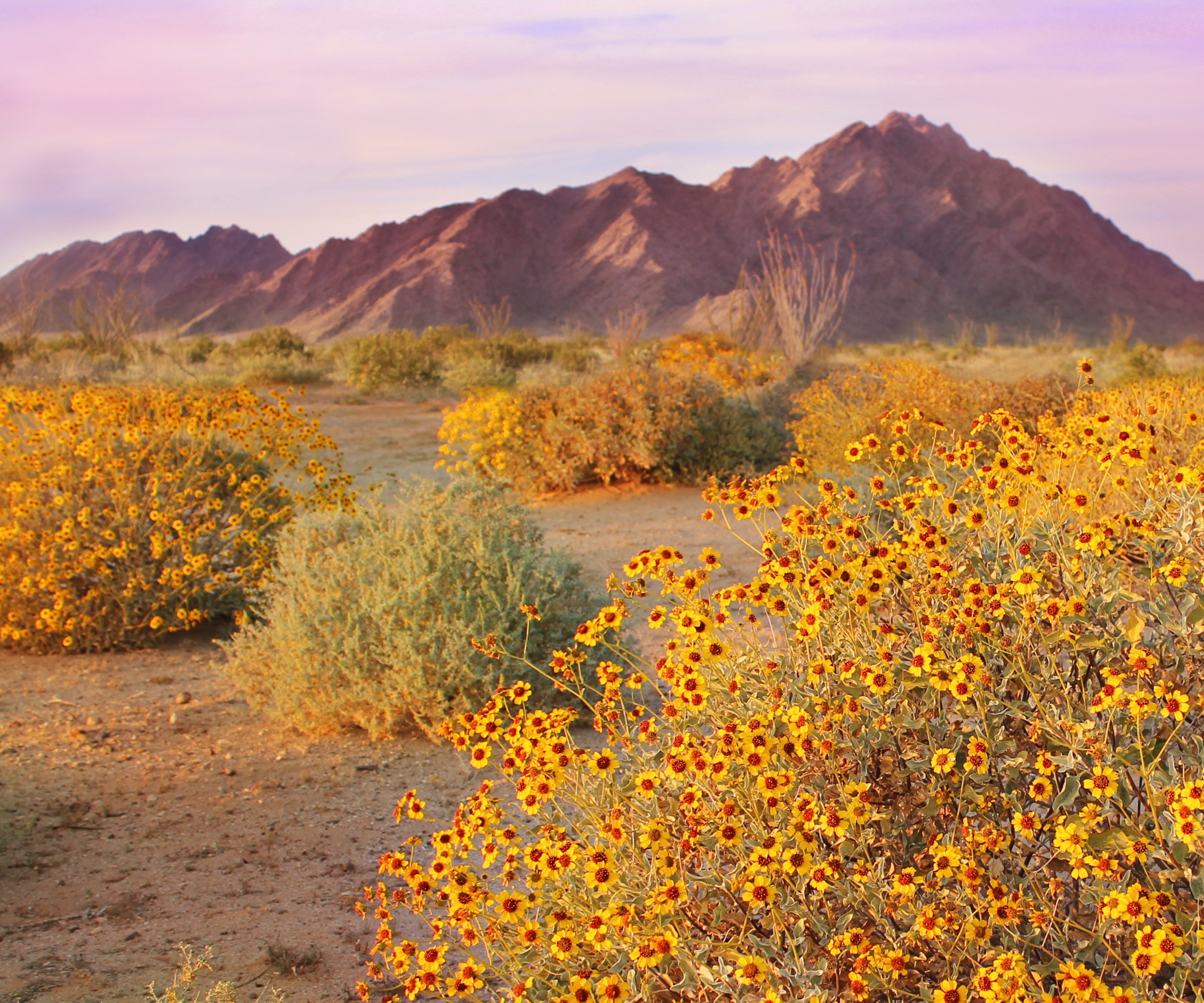
'California is one of the most diverse states in the US in terms of climate and ecosystems,' says Jeanie Psomas, plant expert and owner of The Plant Lady: San Francisco. 'We have deserts, mountains, redwood forests, tropical beaches and coastal Mediterranean zones.'
In terms of US hardiness zones, much of California falls into zones 7, 8, 9, and 10, with notable hot and dry summers and mild winters, but there is much diversity within this range. The inland mountainous regions, for example, typically experience cooler temperatures, whereas the coastal areas towards the south of the state correspond to zones 9 and 10.
'For many gardeners and homeowners across California, our plants need to be able to tolerate a totally dry summer,' says Jeanie. Incorporating planting that is native to desert-like regions across California is, therefore, a sustainable and practical option, and will not only use less water but will also require less maintenance. Adopting this approach can be emulated in other states and regions.
'Succulents, including cacti, do extremely well in California,' Jeanie continues, and most people just plant them and then don't have to maintain them... they simply thrive.' In addition, 'yucca, euphorbia and cacti are a common sight in people's back and front yards,' Jeanie says.
The native flora of arid, desert-like regions found across the state can teach and inspire gardeners looking for drought-tolerant and resilient planting. Read on to discover some of the unique and beautiful plants that thrive in challenging climactic conditions.

Jeanie Psomas owns The Plant Lady: San Francisco, an indoor plant shop located in San Francisco, California which caters to collectors and hobbyists alike. With a strong emphasis on plant science and education, Jeannie's philosophy is that anyone can grow gorgeous plants indoors.
Drought-tolerant planting native to California
Using planting that is native to arid climates can help gardeners create backyards and gardens that are both drought-tolerant and resilient. Indeed, using plants and trees from warm and dry regions is a sensible approach to gardening. Here are seven of our best plant picks for California climates.
1. Manzanita

'Manzanitas are beautiful shrubs and trees,' says Maya Argaman, native plant expert and Horticulture Senior Program Coordinator at the California Native Plant Society. 'They have a striking red branching structure, delicate white lantern-shaped flowers, blush-colored berries and bright foliage.'
Native to western North America, manzanita are evergreen shrubs that can provide year-round interest. They are renowned for thriving in locations with poor soil and little water, thriving in arid and drought-prone areas across California.
With mahogany-colored bark and attractive lush green foliage, this native shrub could be planted in a border as a 'specimen tree to provide structure in the yard,' Maya continues. 'Their graceful, twisting branches add an unbeatable sculptural effect.'
Manzanita shrubs are available from Nature Hills.
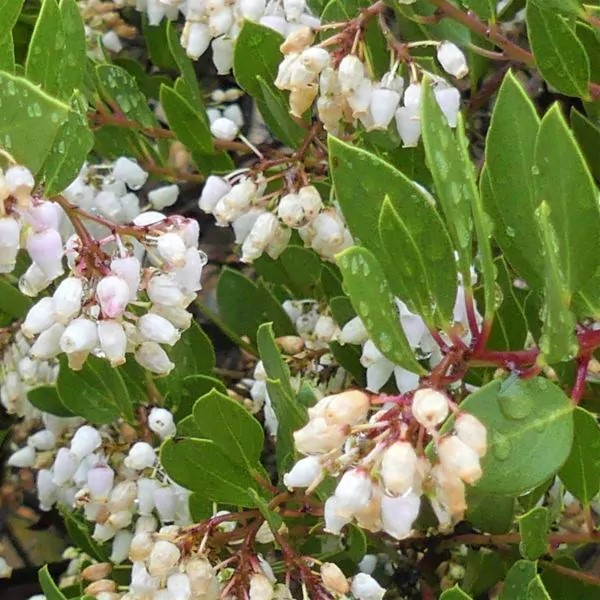
The native manzanita is a super hardy, drought-tolerant shrub and a real eye-catcher. Howard McMinn Manzanita, Arctostaphylos densiflora 'Howard McMinn', is one of the oldest named and cultivated manzanitas available.

Maya is the Horticulture Senior Program Coordinator at the California Native Plant Society. She graduated from UC Davis with a degree in Environmental Science and Management, where she fell in love with native plants in both the natural and built environment.
2. Ornamental Grasses
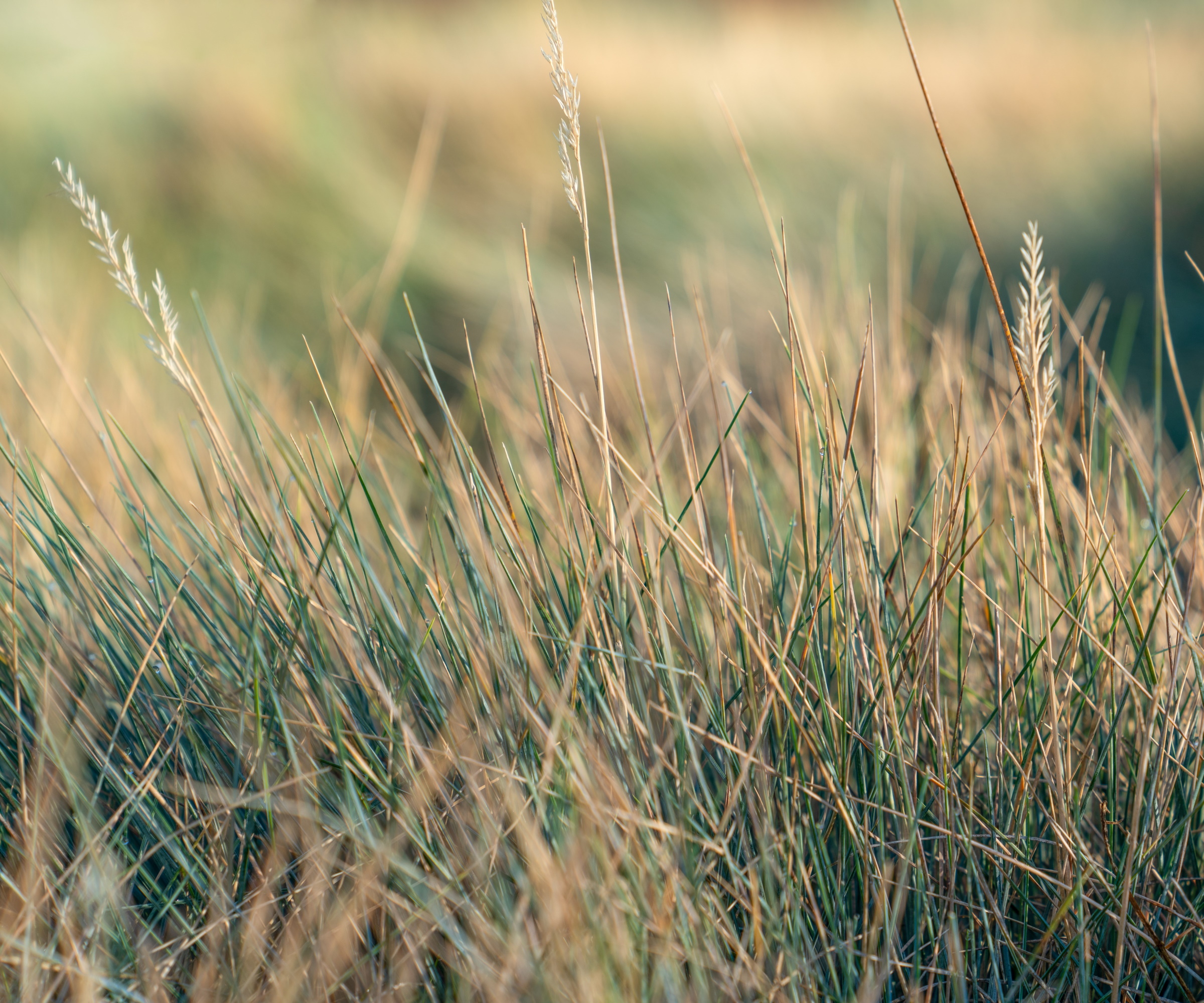
'Native ornamental grasses are great as an alternative to lawns,' says Maya. Found growing in dry prairies across California and Oregon, Festuca californica, seen in the image above, is a hardy and drought-tolerant grass with attractive silver-blue foliage.
Ornamental grass can be 'added along pathways, used as groundcover, planted among wildflowers or used as understory planting,' Maya continues. They are 'ornamental, hardy and versatile, and are a great addition to summer-dry gardens.'
Other native grass ideas that are suitable for growing in hot and dry locations include California brome grass, Bromus carinatus, and California melic grass, Melica californica.
3. Jojoba
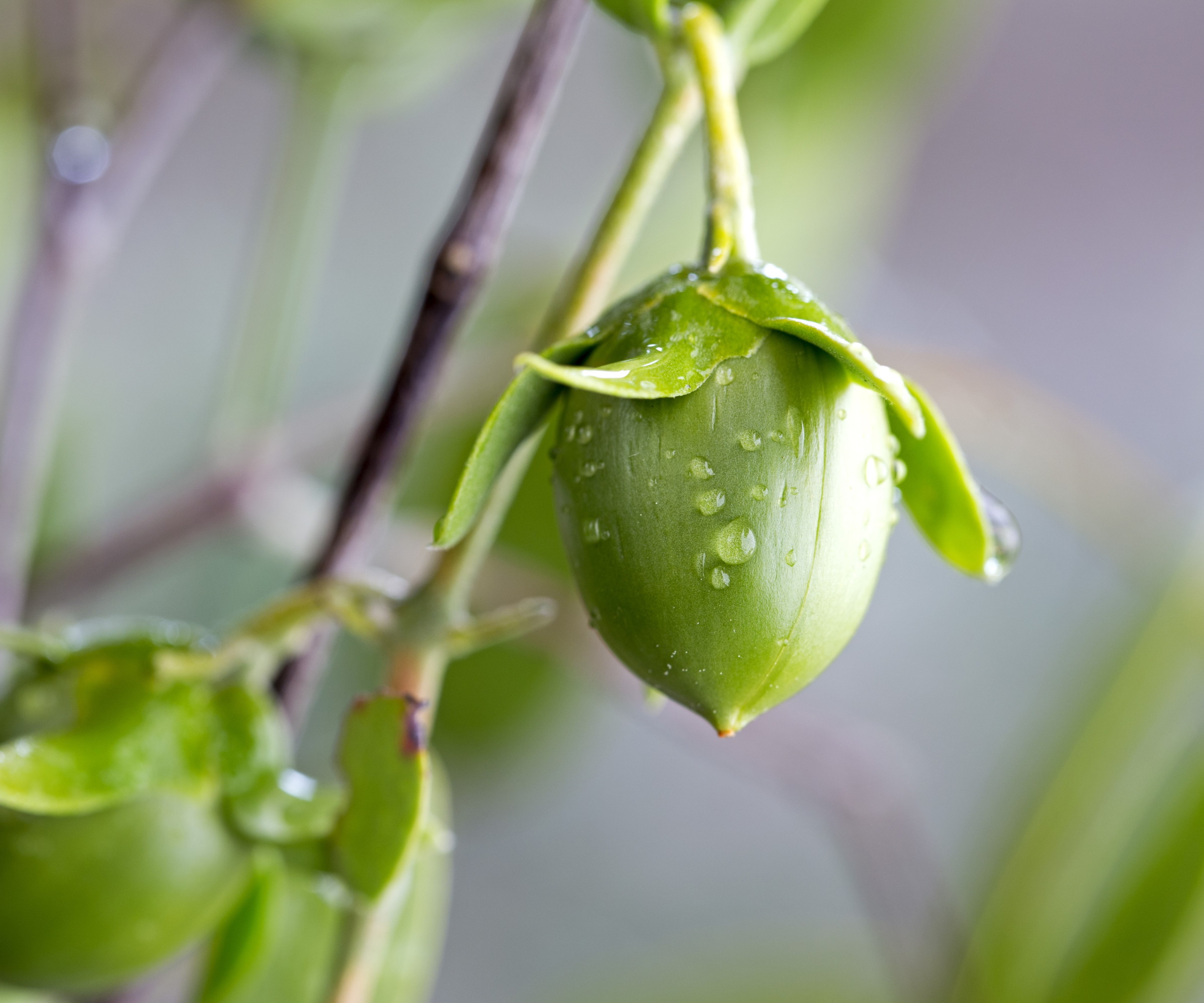
Jojoba are medium-sized evergreen shrubs, composed of rigid green-gray foliage. Female plants produce the infamous jojoba fruits that encase seeds containing oil that is highly valued in the cosmetic sector.
Jojoba, or Simmondsia chinensis, is native to arid and desert zones throughout the southwestern United States, including California and Arizona. It is an attractive foliage plant that is extremely drought-tolerant, with a preference for a full-sun position in free-draining soil. Younger plants may be frost-tender until established.
4. Californian Poppy
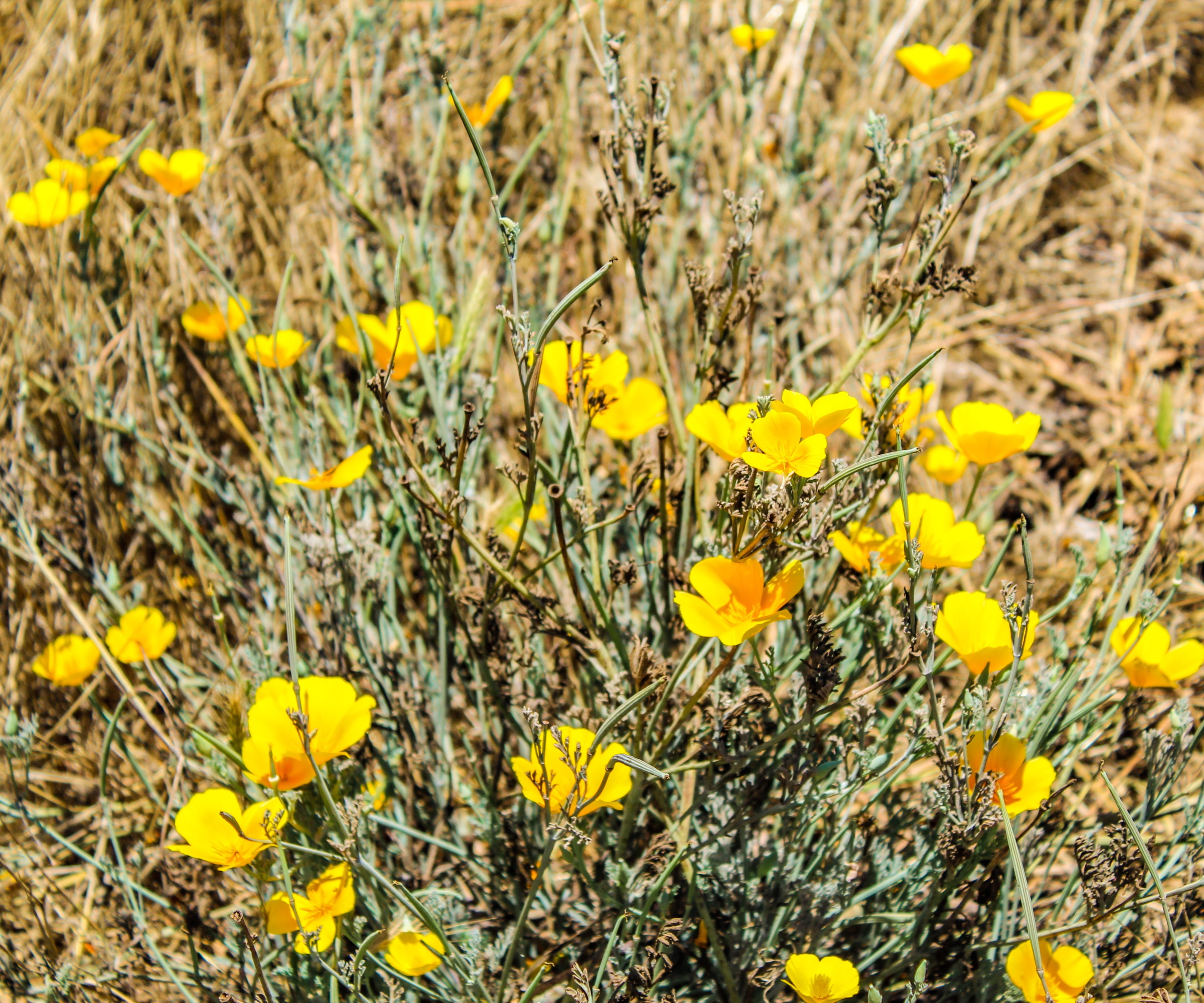
The California poppy, Eschscholzia californica, is a popular and vivid wildflower native to the dry regions of California. Today, is a common sight across much of the world, with gardeners adoring this reliable flowering plant.
The California poppy is a remarkably drought-tolerant annual and can thrive in challenging situations, preferring a full-sun location and well-draining soil.
As a wildflower, it will happily self-sow around the yard and learning how to harvest California poppy seeds is relatively easy. If you are looking for a flowering annual that needs little water and will flower all summer long, then the Californian poppy is ideal.
California poppy seeds are available from Burpee.
5. Milkweed
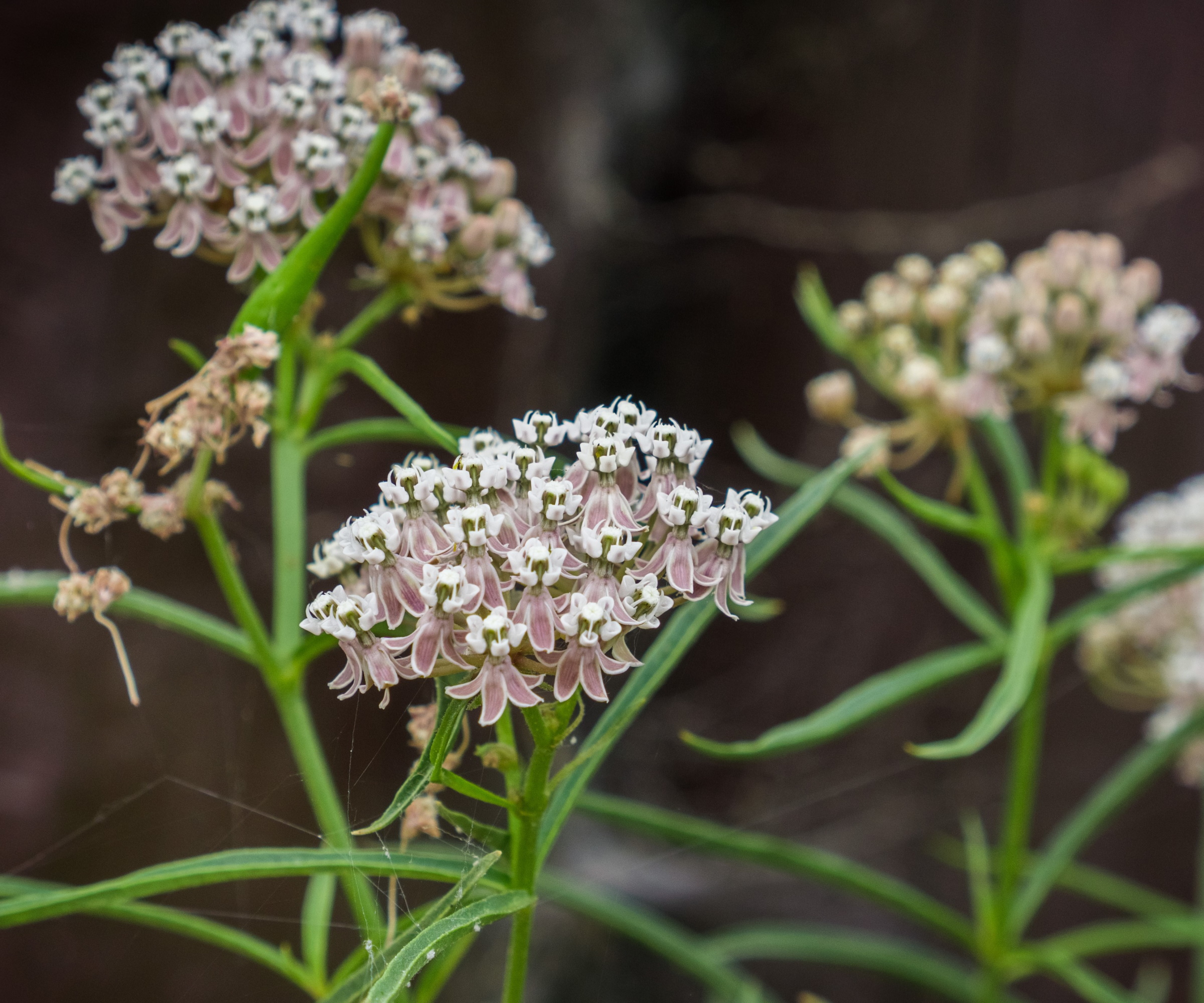
Narrow-leaf milkweed, Asclepias fascicularis, is a native species that grows throughout much of California. This plant 'has a fine texture with mauve and cream-colored flowers, imparting an airy and relaxed feel to any gardening scheme,' says Terry Huang, plant expert and Director of Living Collections at South Coast Botanic Garden in the Los Angeles area.
Milkweed is 'quite an adaptable species, it can grow in both sandy and heavy soils – as long as it is not in standing water – and handles freezing conditions when it is dormant in winter,' Terry continues. Importantly, once established, 'milkweed can tolerate periods of drought.'
'It is an important host plant for the iconic monarch butterfly,' Terry says. Considered the most important plant for monarch butterflies, gardeners should be prepared for some damage to their milkweed plants from the young caterpillars but will be rewarded by the presence of the striking monarch butterflies all summer long.

Terry Huang is the Director of Living Collections at South Coast Botanic Garden in the Los Angeles area. He loves to share his passion for plants by finding creative ways to make botany and horticulture fun and accessible for all.
6. Desert mallow
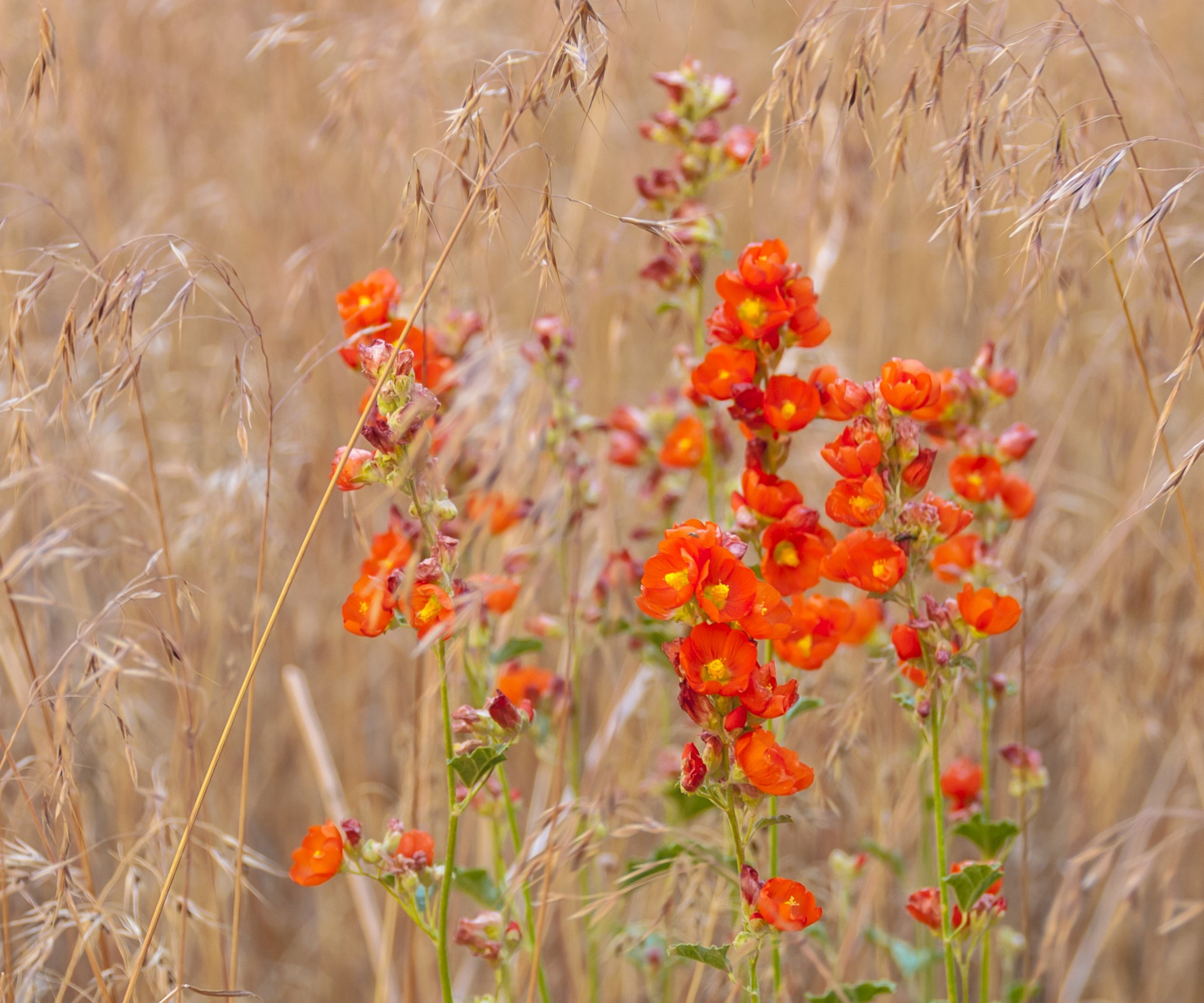
Desert mallow, Sphaeralcea ambigua, is a small shrub producing upright stems with clusters of vibrant orange-red flowers. Native to California, Nevada and Arizona, this plant is remarkable both for its colorful blooms and its drought tolerance.
This plant thrives in full sun, preferring free-draining soil. It is found growing in the Mojave Desert in the company of desert and scrub plants, and - similar to milkweed - it is a host plant for many butterflies found across North America, including the common checkered skipper and the painted lady.
As a member of the mallow family, Malvaceae, the hollyhock-like blooms of this perennial shrub will not disappoint. Blooming in spring, the apricot flowers would work well in a Mediterranean-inspired garden or backyard.
7. Joshua Tree
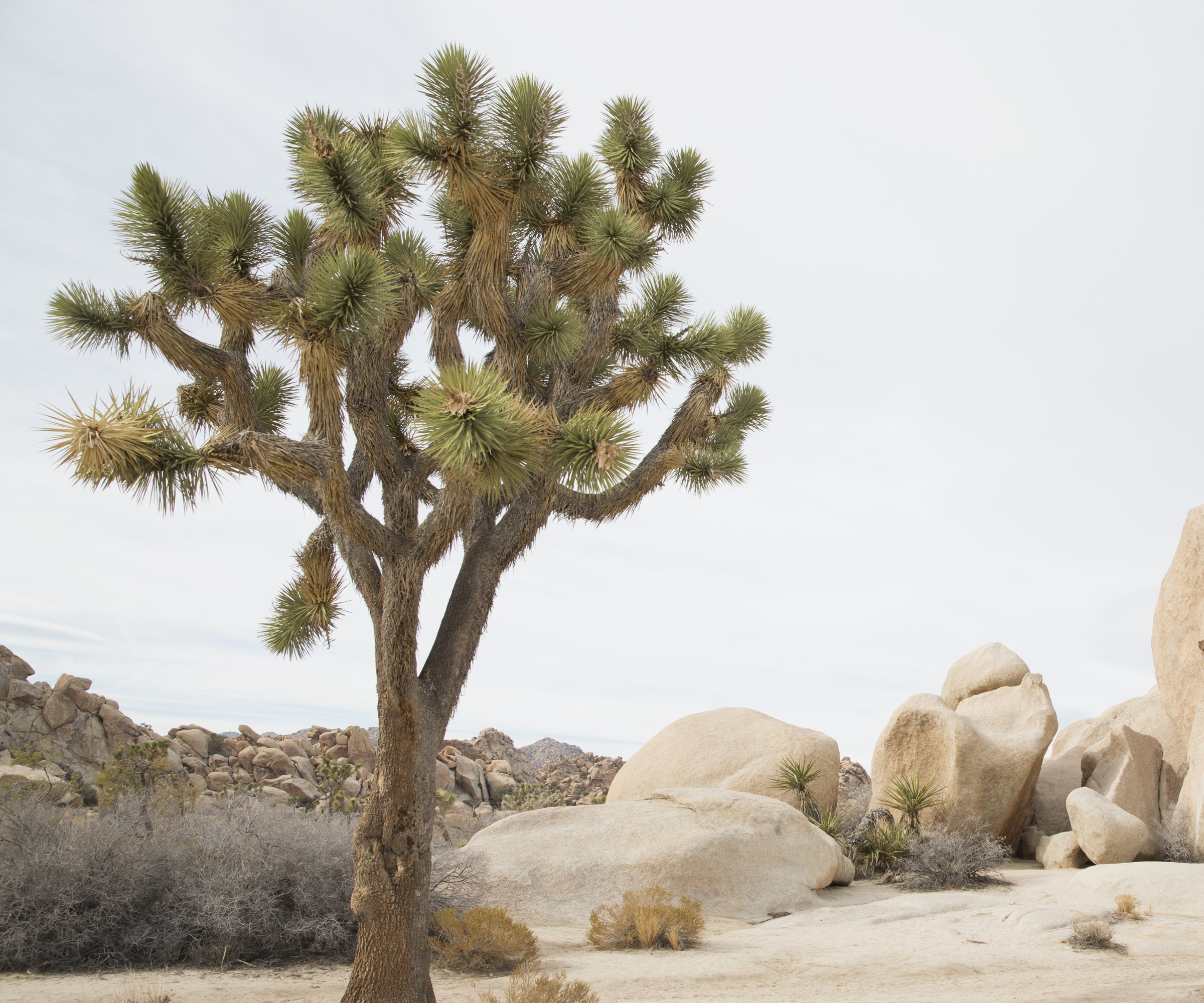
Joshua trees, Yucca brevifolia, are desert plants native to the Mojave Desert in California. These trees are such a striking feature of the desert landscape but aren't technically trees, they are succulents, belonging to the Yucca genus.
Considered 'trees of the desert', Joshua trees usually have a single trunk with branches that end in clusters of spiky leaves, typical of the Yucca genus. In spring, they produce attractive creamy-white flowers.
Whilst Joshua trees can grow up to 25 feet in height, they can be grown in a container, limiting their growth. Other plant members of the Yucca genus should also be considered if you are looking for plants that can survive long, hot summers with minimal watering.
FAQs
What native trees are drought-tolerant?
Many tree species that are native to the western United States are well suited to tolerate heat and drought. Cercis occidentalis, commonly known as the western redbud, is found growing across much of the American southwest, including California and Arizona. Glowing pink in the spring with small pea-like flowers - typical of the Fabaceae, or legume, genus - this tree is remarkably drought-tolerant, and impactful when planted in a back or front yard.
Whilst you do not need to create a desert-like garden, incorporating particular plants that can survive hot, dry summers is a sensible and sustainable approach to gardening in your yard. For example, you might consider other native grasses that are drought-tolerant to grow alongside your existing shrubs.
Sign up to the Homes & Gardens newsletter
Design expertise in your inbox – from inspiring decorating ideas and beautiful celebrity homes to practical gardening advice and shopping round-ups.

Thomas is a Content Editor within the Gardens Team at Homes and Gardens. He has worked as a professional gardener for both public spaces and private estates, specializing in productive gardening, growing food and flowers. Trained in Horticulture at the Garden Museum, he has written on gardening and garden history for various publications, including The English Garden, Gardens Illustrated, Hortus, The London Gardener and Bloom. He has co-authored a Lonely Planet travel book, The Tree Atlas, due out in 2024.
-
 It’s a concept straight out of a fashionista's playbook, but I used the Sandwich Method to organize my kitchen shelves – it’s never looked sleeker
It’s a concept straight out of a fashionista's playbook, but I used the Sandwich Method to organize my kitchen shelves – it’s never looked sleekerIt transformed messy to mesmerizing in a matter of seconds
By Punteha van Terheyden Published
-
 The moody kitchen in this Victorian home has the most unique wall design I've ever seen – it's the perfect way to bring an elegant, aged feel to the space
The moody kitchen in this Victorian home has the most unique wall design I've ever seen – it's the perfect way to bring an elegant, aged feel to the spaceThe hand-painted feature has brought a sense of history and patina back into the remodeled kitchen
By Molly Malsom Published